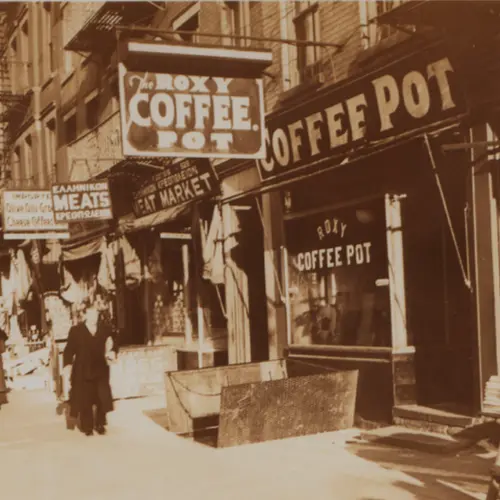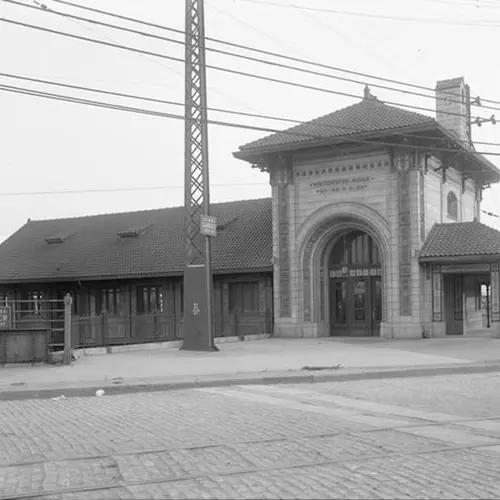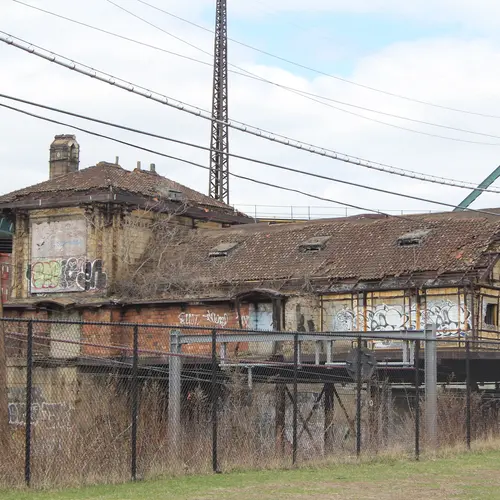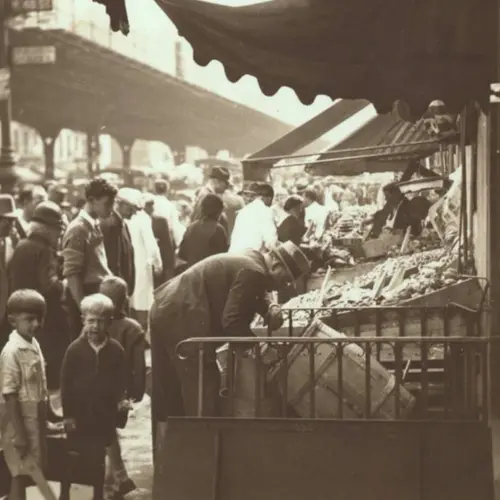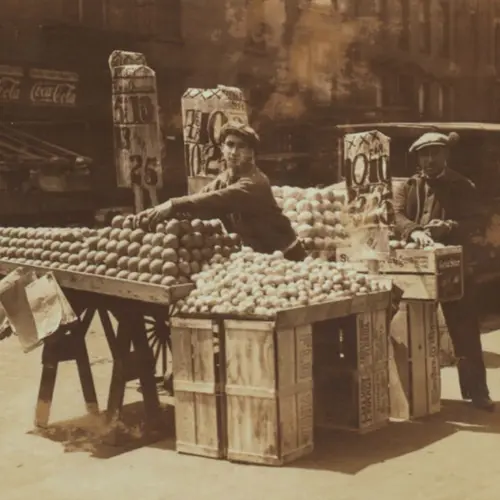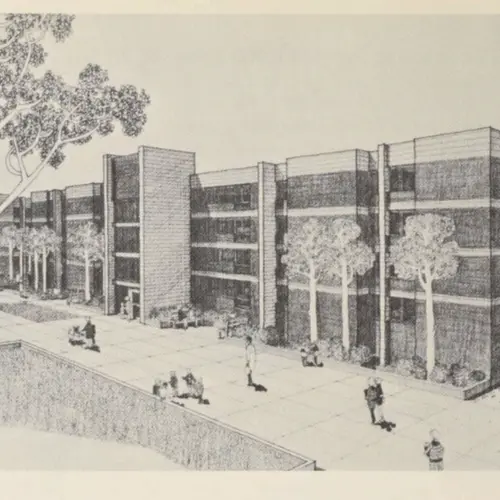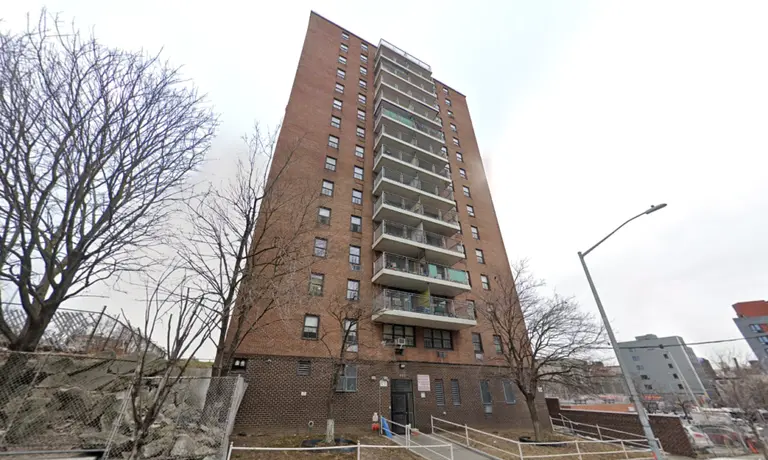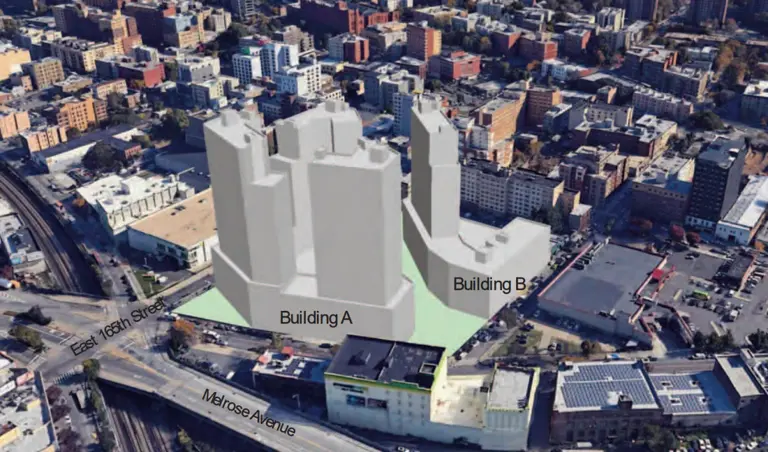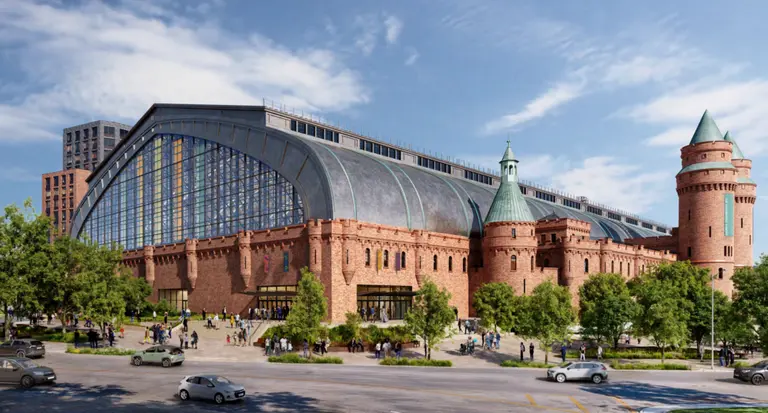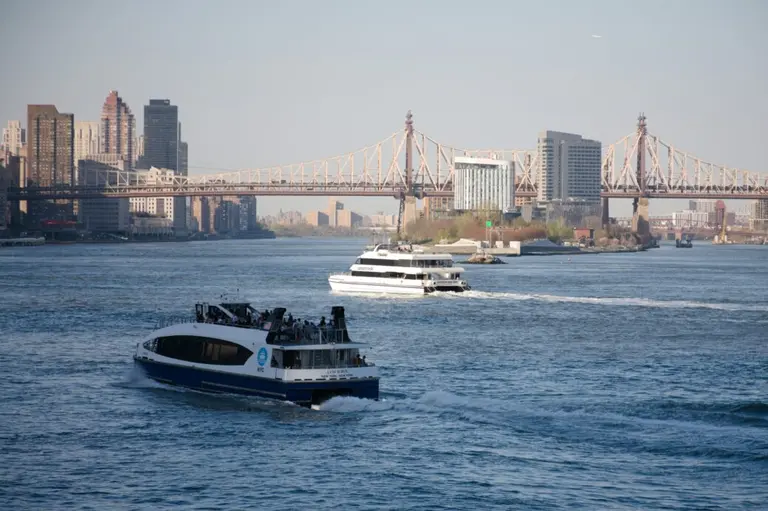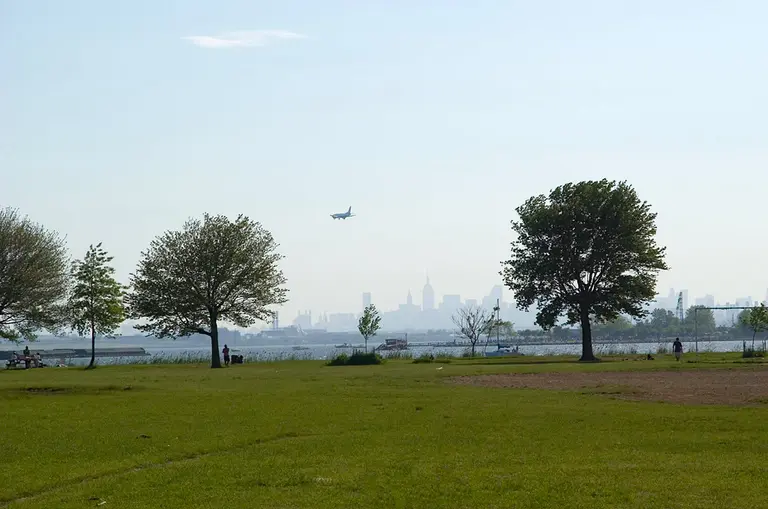Hochul recommends five historic places in NYC to be added to state and national registers
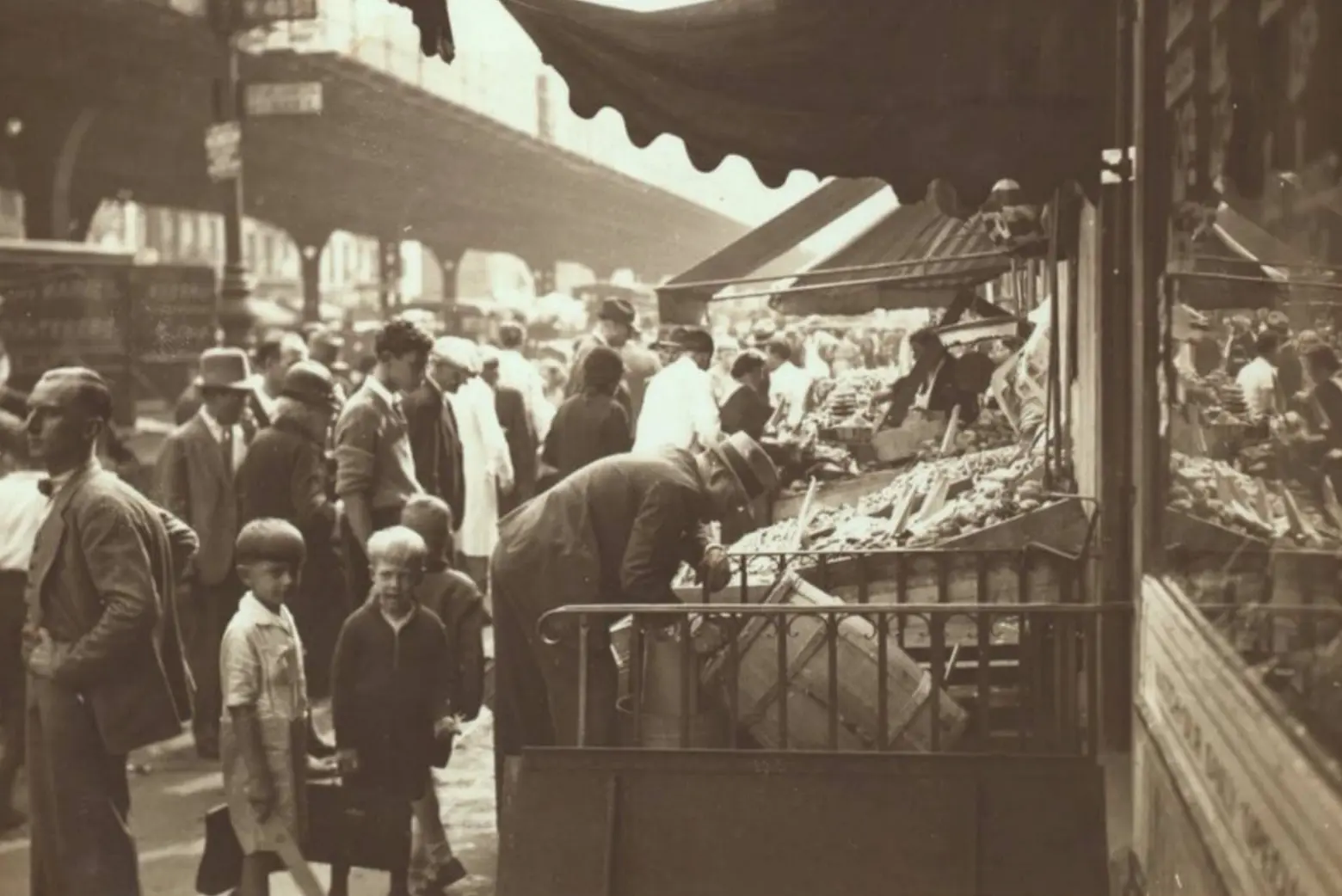
Photo showing storefront stands on Ninth Ave. looking south from just north of West 40th St., 1936.(Irma and Paul Milstein Division of United States History, Local History and Genealogy, The New York Public Library.
Gov. Kathy Hochul last week announced 21 nominations for possible placement on the State and National Registers of Historic Places. The list of nominations includes a diverse set of locations that are intricate to the history of New York. Nominations include early automobile manufacturing sites in Buffalo and Syracuse, a Mohawk Valley cemetery home to the author of the Pledge of Allegiance, and the only remaining 19-century textile mile in Troy. Of the total nominated places, five are located in New York City, including an abandoned Bronx train station designed by Cass Gilbert and an area in Hell’s Kitchen once home to a famed open-air market.
Designed by Cass Gilbert, The Hunts Point Rail Station in the Bronx was built between 1908 and 1909 was once part of the Harlem River Branch line. The now-vacant station represents the 20th-century expansion of New York City’s transportation. Although it lost its bottom half, the structure’s French Renaissance facade still conveys its significance as an important station. When the railroad went out of business in 1937 the station was used for retail stores for the next couple of decades.
The Boulevard Houses, a 26-acre development by NYCHA, was built between 1949 and 1950 to house veterans returning home. According to a press release, the complex represents the architecture and planning ideals of European modernists. The complex includes 18 residential buildings holding 1,400 units and is located on two superblocks divided by a central landscaped mall.

Photo by Percy Loomis Speer showing peddlers at the northwest corner of Ninth Ave. and West 40th St, 1923. (Irma and Paul Milstein Division of United States History, Local History and Genealogy, The New York Public Library.
Paddy’s Market Historic District, once the location of a large, open-air market filled with goods from NYC’s diverse population, was active from 1885 to 1939 in Hell’s Kitchen. The area includes historic tenement buildings, commercial and industrial buildings, and a church and former stable. The name Paddy’s Market is still used to describe the area which still houses many international food stores and restaurants.
“As we reflect on the broad and diverse history of the Empire State, these nominations represent the places behind the inspiring stories from our past,” Hochul said. “These additions to the historic registers will help ensure resources are available to protect historic sites so that the past can continue to inspire us today — and into the future.”
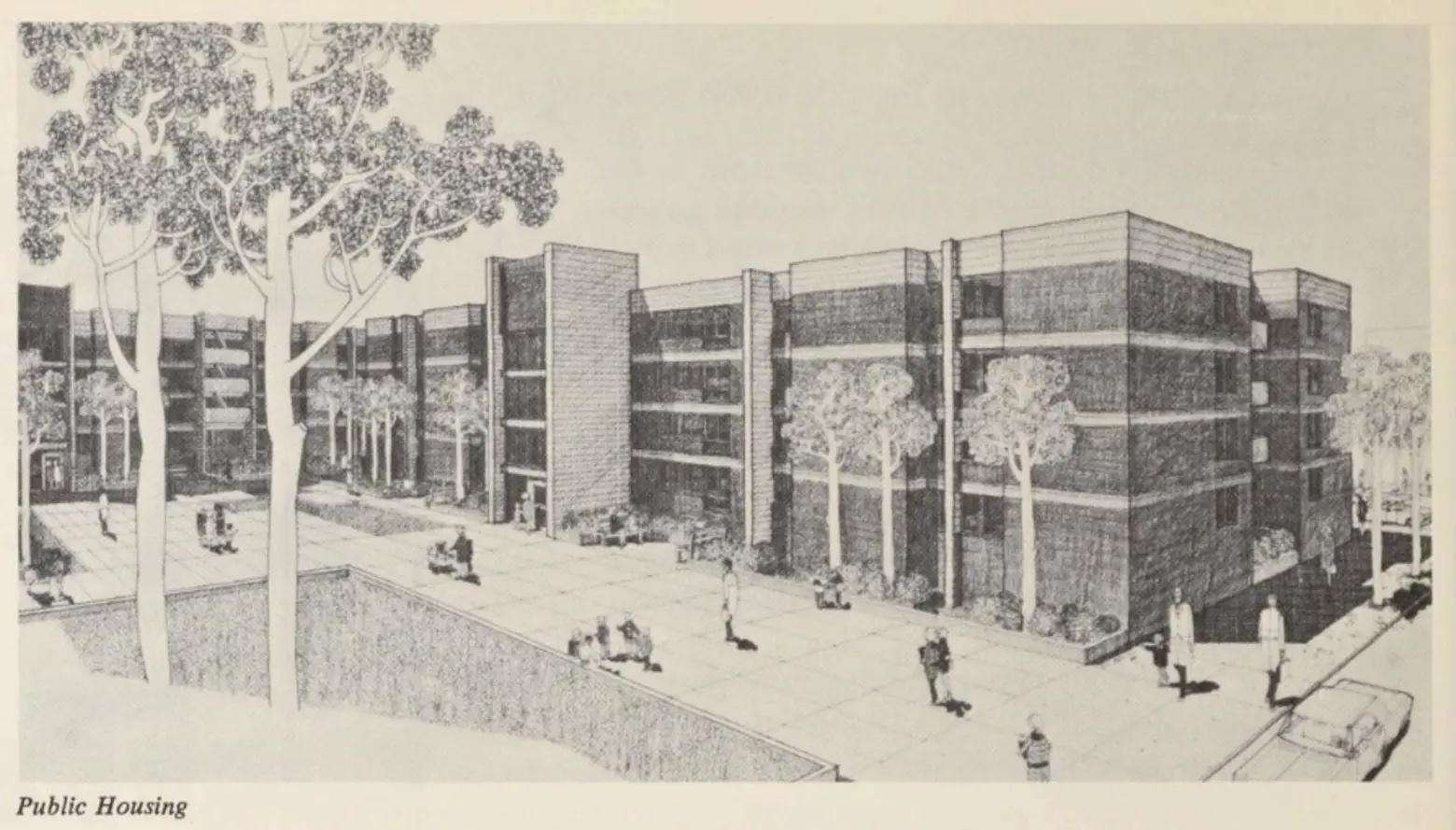
Rendering of the future Fiorentino Plaza public housing development, from “Central Brooklyn Model Cities,” in Plan for New York City 1969: A Proposal (New York City Planning Commission, via New York Public Library)
Other nominations in the five boroughs include Kew Garden’s Kent Manor and Brooklyn’s Fiorentino Plaza. Kent Manor was constructed in 1937 to house Jewish refugees from Europe fleeing persecution but was also occupied by a diverse set of New Yorkers who had just arrived in the city. The property was renamed Hampton Court in 1987 and is still in use as a co-op housing a diverse array of residents.
Fiorentino Plaza is a 160-unit public housing complex consisting of eight four-story buildings that was built in 1971 and represents the city’s effort to “match the character of surrounding low-rise residential areas” by downsizing new development projects, also known as “vest pocket” design. This design method was created in response to criticisms of earlier high-rise housing projects, such as causing neighborhood displacement and concentrating potential social problems.
“Part of our mission here at State Parks is to help preserve and promote the incredible range of history present in our state,” Erik Kulleseid, Commissioner of the Office of Parks, Recreation and Historic Preservation, said.
“Securing State and National Registers recognition for such places provides resources with potential incentives, such as state and federal tax credits, that will help keep this history alive and vibrant.”
By being placed on the state and national registers, property owners are eligible to receive a number of state and federal historic rehabilitation tax credits which can then be put towards the revitalization of the landmarks. According to a study by the National Park Service, historic landmark rehabilitation tax credits generated 67,578 jobs nationally and over $195 million in local, state, and federal taxes.
RELATED:
- Historic places in the UWS, Harlem and Sunset Park are recommended for state and national designation
- East Harlem, St. Luke’s Hospital, and Sunset Park co-ops may get state historic designation
- Frederick Law Olmsted’s farmhouse on Staten Island recognized as national landmark
- State recognizes TWA Hotel as historic site, nominates two other NYC buildings
